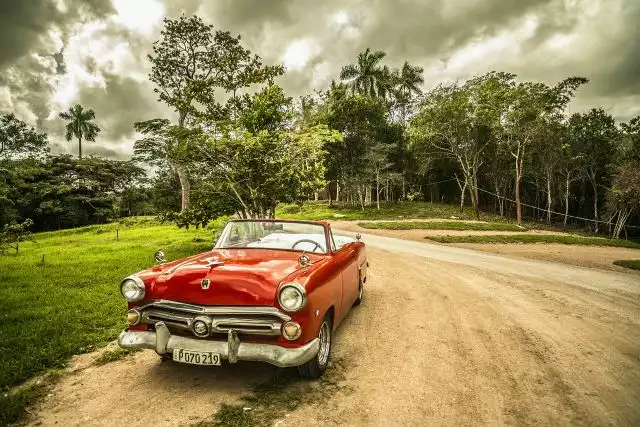Junkyard Gem: 1976 Volvo 244 DL

You could get a swanky new 1976 Buick Electra Limited four-door hardtop for just $6,852, but those sensible Volvo buyers knew it was worth paying a premium for genuine Scandinavian safety and build quality.
This vehicle is the best-selling participant of the 200 family members, with a four-cylinder engine and four doors. This is a fuel-injected 2.1-liter SOHC straight-four, ranked at 98 horsepower and 110 pound-feet; the 1975 240s obtained the 2.0-liter pushrod engine from the 140.
Also assumed it’s a base DL design, this car’s very first proprietor paid an extra $456 for a/c (regarding $2,580 in 2024 bucks), in addition to the $500 costs for the transmission ($2,829 after inflation). That pressed the cost for the car as much as $7,551, or $42,717 in today’s cash. You might get a swanky brand-new 1976 Buick Electra Limited four-door hardtop for simply $6,852, however those practical Volvo buyers knew it deserved paying a costs for genuine Scandinavian safety and security and build top quality.
Volvo went through a number of naming systems for U.S.-market 200 Collection cars over the decades, with the first one being the easiest to analyze: a three-digit number adhered to by a two-character trim-level designation. The first figure in the number represents the series, the second stands for the number of engine cylinders and the 3rd the variety of doors. There were six-cylinder 262s, 264s and 265s offered in the USA from 1976 through 1981, powered by the same PRV V6 engine that went into the DeLorean DMC-12, so it’s wrong to refer to all 200 Series Volvos as 240s.
The 200 Collection could be taken into consideration an upgrade of the late-1960s-vintage 140 Series, because it’s basically the same vehicle from the A pillars back. The major distinction between both is the MacPherson strut front suspension in the 200 Series.
Volvo did well enough marketing the PV444/544, Amazon and 140 in the USA, but it was the Volvo 200 Collection that truly launched Göteborg iron right into the American big time. Introduced here as a 1975 design, the 200 remained in production for almost 2 complete decades and remains the most quickly recognizable Swedish car ever before made. Right here’s an early-production 244, located in a Denver-area cars and truck graveyard not long ago.
1 American big time2 Göteborg iron
3 launched Göteborg
4 launched Göteborg iron
« Watch in Awe as This Acid-Dipped Porsche 911 Sheds Away Years of PaintVolvo ES90 Teased: Range Topping Electric Sedan Coming Soon »
